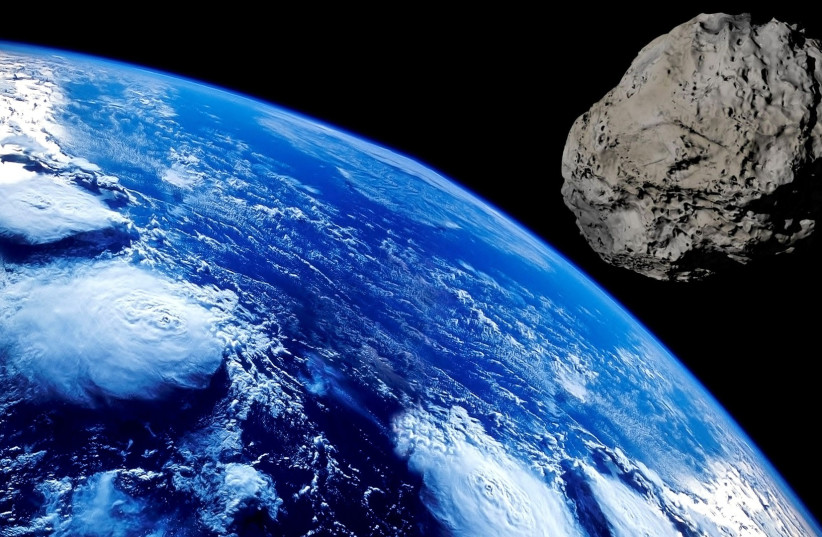A massive asteroid twice the size of the Empire State Building is set to pass the Earth later this month, at a distance relatively close to us on a cosmic scale, according to NASA's asteroid tracker.
How big is the asteroid?
Designated 418135 (2008 AG33), this large space rock has a diameter that could measure as much as 780 meters. For comparison, that is over twice the size of New York City's iconic skyscraper the Empire State Building, which measures around 381 meters from the ground to the roof.
The asteroid is set to pass by the Earth on Thursday, April 28 at around 5:46 a.m. Israel time, flying at a speed of around 10.39 kilometers per second.
Will the asteroid hit Earth?
According to NASA's estimates, 418135 (2008 AG33) will fly past the Earth at a distance of around 3.24 million kilometers. For context, the Moon orbits the Earth at a distance of around 384,000 kilometers, so this is considerably farther, but on a cosmic scale it is still very close to the Earth.

The fact that it is flying so close to the Earth is also unsurprising. This asteroid is known as an Apollo-class asteroid, meaning its orbit around the Sun overlaps with Earth's own orbit.
Still, it poses no danger to us now – something that is in line with NASA's predictions that the Earth is at no risk of a catastrophic asteroid impact within the next century.
<br>What would happen if the asteroid struck Earth?
It's fortunate that 418135 (2008 AG33) won't hit Earth, because if it were to strike the Earth, the impact would certainly be catastrophic.
An asteroid of such size could devastate entire continents and cause severe cataclysms.
Indeed, asteroid impacts pose a significant danger to the planet since they have the potential to cause destruction unparalleled among other natural disasters, and humanity has yet to find a way to prevent them. However, this is something that is greatly discussed by experts worldwide. Among the most promising initiatives proposed is NASA's Double Asteroid Redirection Test (DART) Mission. This mission, which has already been launched, seeks to try using a small specially-designed spacecraft to fly into an asteroid to see if it can slightly alter its trajectory. In other words, punching an asteroid to make it move away.
The results of this mission could change the game for Earth's planetary defense.
This is a developing story.
